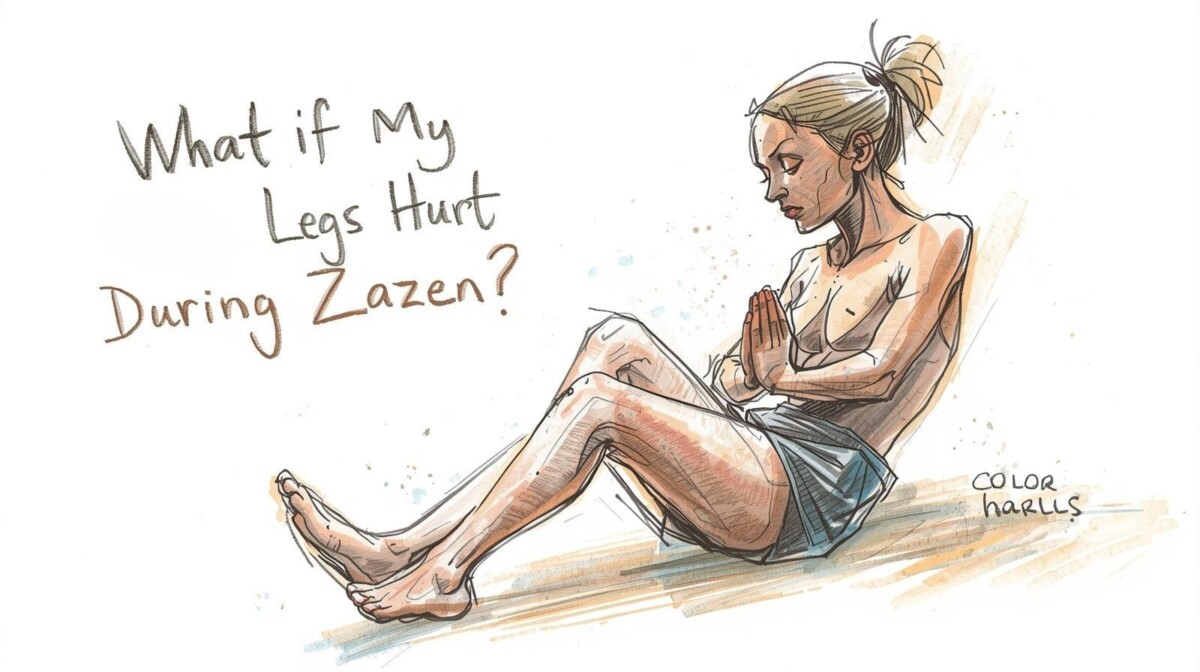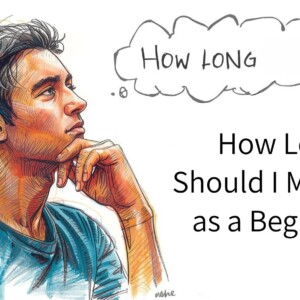
What If My Legs Hurt During Zazen?
Introduction: The Pain Is Real — But So Is the Practice
If you’ve ever asked yourself,
“What if my legs hurt during Zazen?”,
you’re not alone.
Discomfort — especially in the legs — is one of the most common challenges beginners face in seated Zen meditation. Whether it’s pins and needles, aching knees, or stiff hips, physical pain can feel like a barrier to peace.
But in Zen, pain isn’t always a problem. Sometimes, it’s part of the path.
Why Leg Pain Happens in Zazen
Zazen involves seated stillness, often in positions the modern body isn’t used to. Common causes of leg pain include:
-
Poor circulation from cross-legged postures
-
Tight hips or hamstrings
-
Knee or ankle strain due to misalignment
-
Long periods of stillness without adjustment
Many of us spend hours in chairs or on screens — so asking our bodies to suddenly sit like a monk for 20 minutes can trigger resistance.
But there’s good news: pain is often avoidable, and always workable.
How to Work with Leg Pain — Without Giving Up
1. Choose the Right Posture for Your Body
You don’t need full lotus. Try these alternatives:
-
Burmese posture (legs loosely crossed)
-
Half-lotus
-
Seiza (kneeling with cushion or bench)
-
Chair sitting with feet flat on the floor
Zen is about presence, not punishment.
2. Use Props Wisely
Elevate your hips with a firm cushion (zafu). Add padding under your knees or ankles. Proper support reduces compression and improves blood flow.
3. Stretch Before You Sit
Incorporate hip openers and gentle leg stretches before Zazen. Think of it as “pre-meditation yoga” — preparing the body to settle.
4. Adjust Mindfully — Not Restlessly
If pain arises, shift your posture slowly and with awareness. Don’t fidget. Small, intentional movements are part of the practice.
5. Build Up Gradually
Start with 5–10 minutes and increase over time. Sitting is like strength training for the mind-body connection — go slow and steady.
Trend Connection: Somatic Awareness and Nervous System Care
Zen is aligning with modern health trends in surprising ways:
-
Somatic mindfulness helps people reconnect with body sensations — exactly what Zazen encourages.
-
Nervous system regulation is a wellness buzzword, and sitting with discomfort (safely) builds that resilience.
-
Body neutrality and pain-informed fitness are also trending — inviting us to accept pain without judgment, rather than chase perfection.
Even in tech spaces, people are trying “dopamine detoxes” — a return to simple, embodied habits. Zazen is the original detox from overstimulation.
When to Stop — and When to Stay
There’s a difference between discomfort and injury.
Stop if:
-
The pain is sharp or burning
-
You lose sensation in feet or toes
-
Pain lingers long after practice
In such cases, consult a physical therapist or use a chair. Remember: adaptation is not failure — it’s wisdom.
But if the pain is mild and temporary, consider staying with it, breathing into it, and noticing how it shifts. This is the heart of Zen.
Final Thoughts: The Pain Is the Practice
Zen doesn’t promise comfort — it offers clarity.
When your legs hurt during Zazen, you’re not doing it wrong. You’re meeting the edge of habit, resistance, and control. And in that edge lies transformation.
So the next time your legs ache, don’t immediately escape.
Ask: what is this pain showing me?
Breathe. Adjust. Stay curious. And remember:
“The obstacle is the path.” — Zen proverb
💬 For more beginner-friendly guidance on Zazen, posture, and everyday practice, visit zen-for-life.com — where tradition meets real life.
🌿 Want to go deeper into Zen and mindful living?
Explore ZEN for LIFE — a gentle guide to bringing presence, simplicity, and calm into your everyday routine.
Now available on Kindle.










この記事へのコメントはありません。